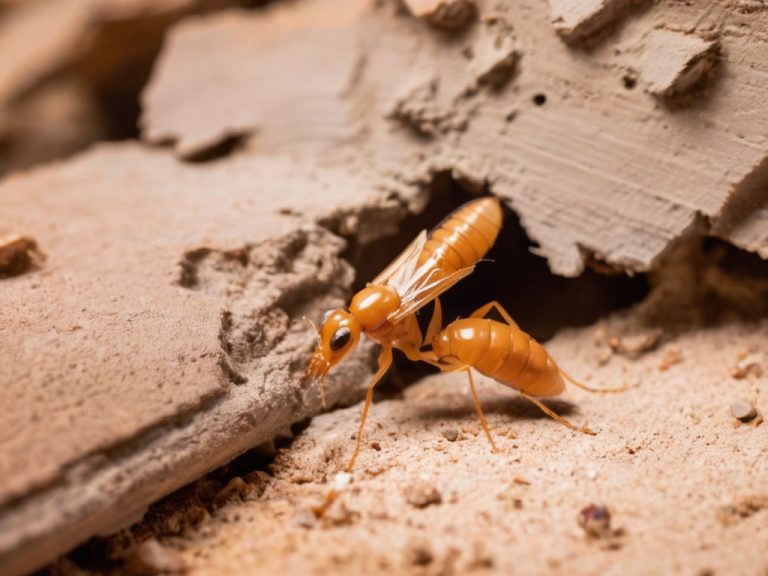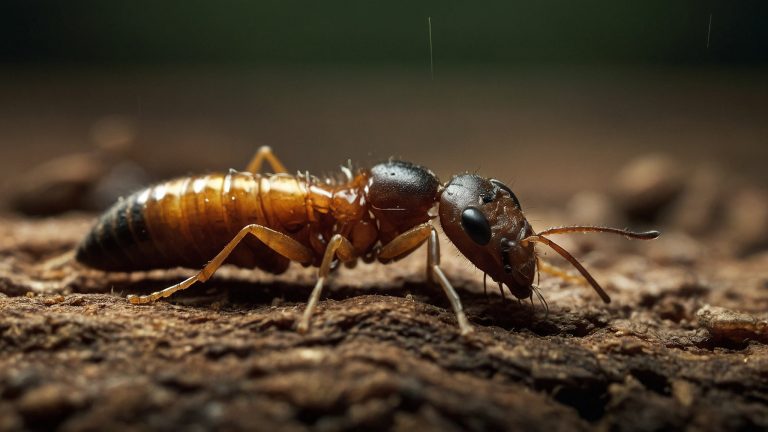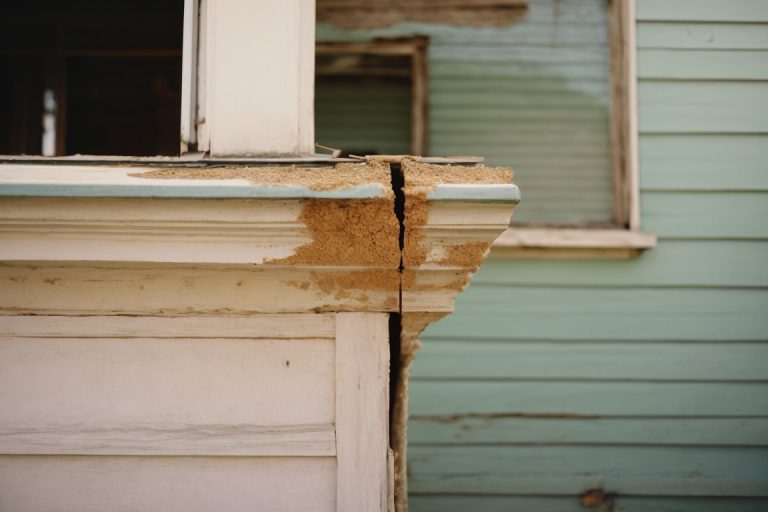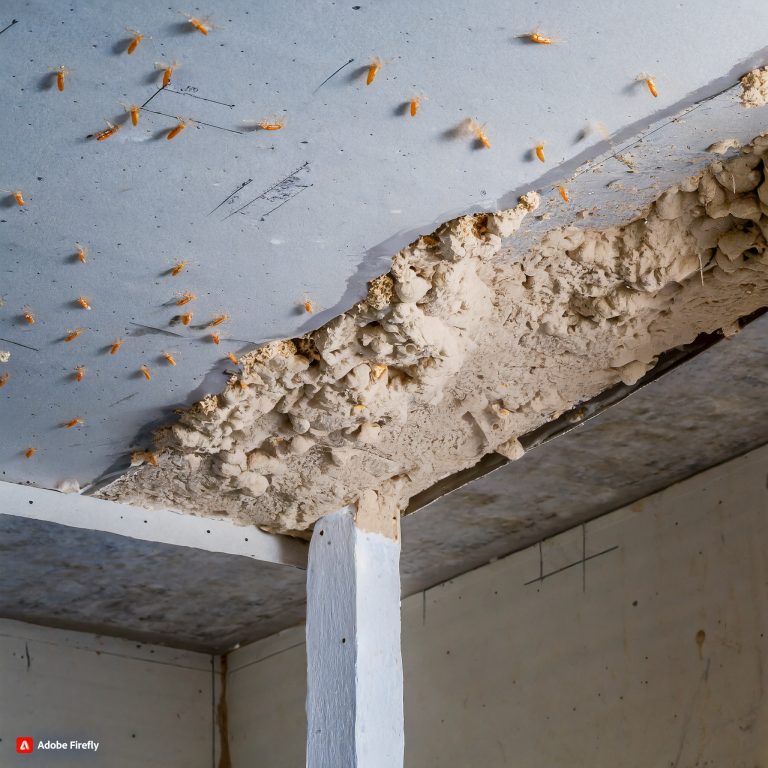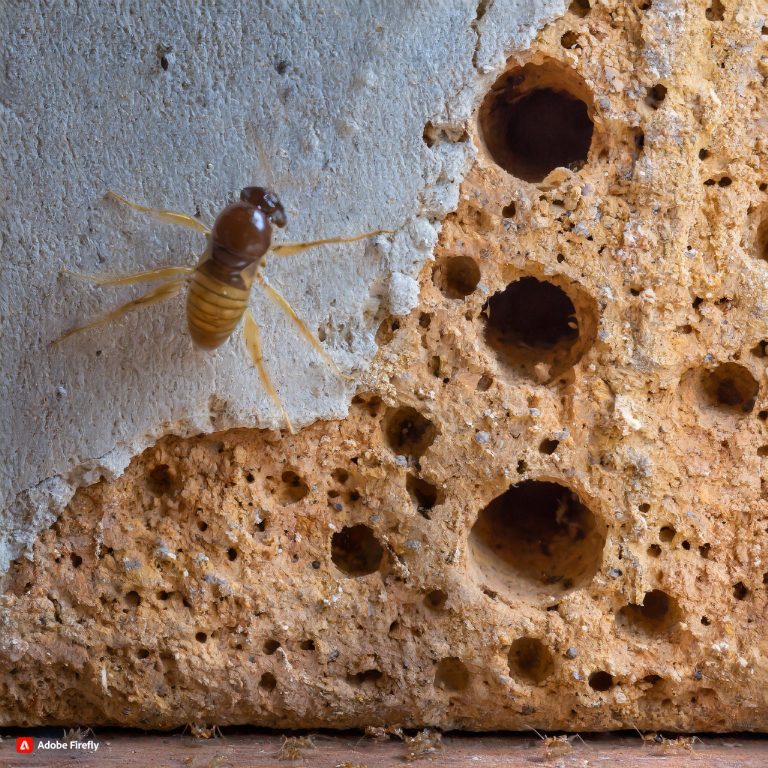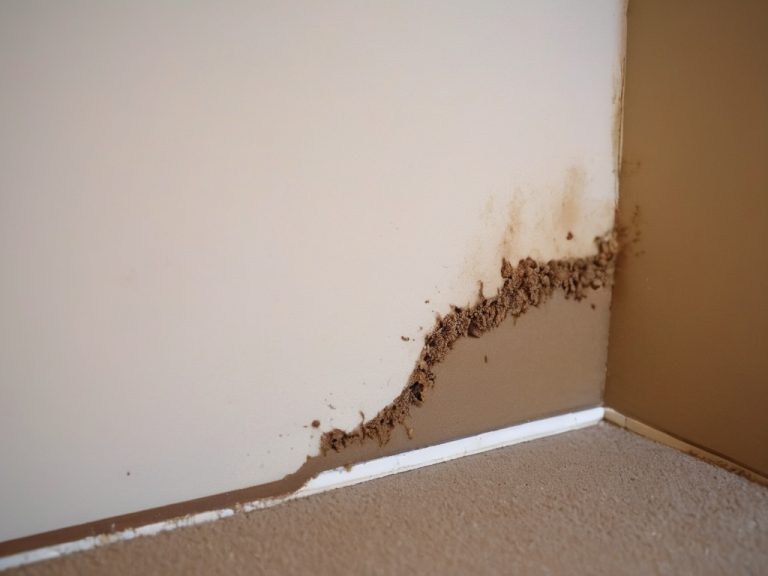What’s the Difference of Termite Damage vs Water Damage
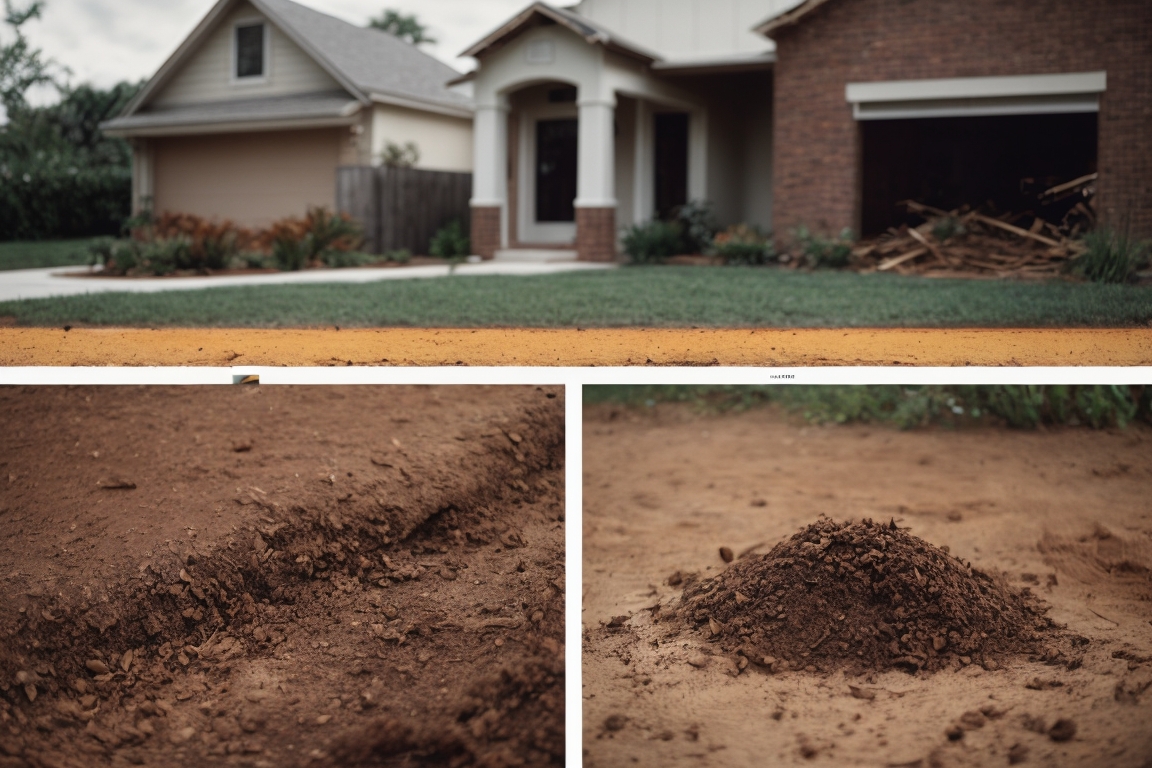
- Can Water Damage Look Like Termite Damage?
- Signs of Water Damage in a Home
- Risks of Water Damage
- Signs of Termite Damage in a Home
- Risks of Termite Damage
- Can Termites Cause Water Damage?
- Comparing Structural Harm from Termites vs. Moisture Leaks
- Wood Rot and Destruction Caused by Termites or Water
- Preventing Termite Damage and Water Damage
- Next Steps: Pest Control and Preventing Further Damage
Termite damage and water damage can both severely impact homes, but they have distinct signs and risks. Understanding the difference is crucial for getting the right treatment and preventing further destruction. This guide examines how to identify termite damage vs. water damage in wood and structures.
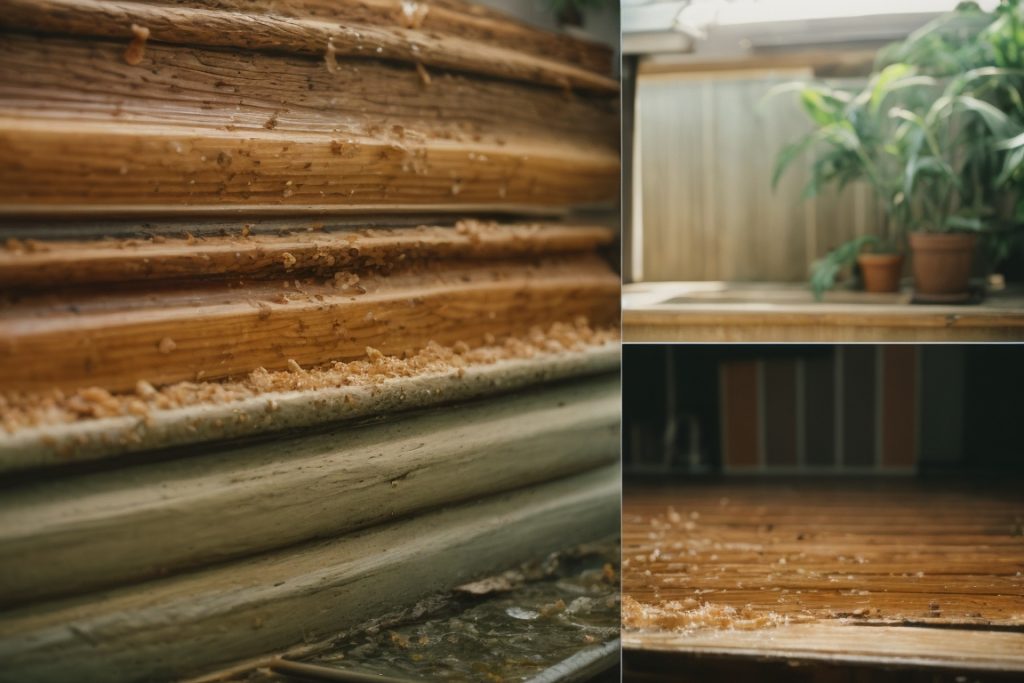
Can Water Damage Look Like Termite Damage?
It’s common for homeowners to confuse signs of water damage for termite infestation. Increased moisture and water leaks can cause bubbling paint, cracks in drywall, and warped floors resembling termite tunnels.
However, upon closer inspection, termite damage forms distinctive trails as the insects eat along and across the wood grain. Water damage lacks these clear patterns.
Signs of Water Damage in a Home
Detecting water damage relies on observing warped, discolored materials and mold growth:
- Warped, discolored floors and drywall – Water causes swelling and shrinkage, warping the shape. Stains, peeling surfaces and bubbles under the paint indicate excess moisture.
- Visible mold, mildew and fungus – Wet conditions foster mold growth in the form of black spots and fuzzy growth.
- Peeling or cracking paint and wallpaper – Moisture seeps through walls causing the paper or paint to peel and detach.
Risks of Water Damage
If left untreated, water damage poses several risks:
- Rotting wood – Waterlogged surfaces allow fungus to digest structural wood cells leading to decay. This causes cracks, soft spots and layers separation.
- Mold health hazards – Microscopic spores trigger allergic symptoms and respiratory distress if inhaled. Contamination requires mold removal specialists.
- Destabilized foundation – Chronic moisture seeping under the foundation gradually shifts and cracks concrete footings. This requires extensive foundation repair work to stabilize.
- Electric hazards – Water contacting wires, lighting fixtures or outlets can trigger fiery arcs. Moisture detection scans locate leakage sources before electrocution and fires occur.
- Structural collapse – Prolonged leakage rots load-bearing wood framing, eventually causing catastrophic collapse of floors, walls or the entire building.
Water damage may originally seem like a nuisance stain or odd smell. But without intervention, the consequences turn into an emergency threatening lives, health and structural integrity.
Signs of Termite Damage in a Home
Termites follow distinct feeding patterns by burrowing into wood, leaving behind trails of damage.
The most destructive species, subterranean termites, require moisture and build extensive tunneling and protective mud tube structures to reach wood from their underground nests.
Homeowners should look for:
- Mud tubes – Small tunnels of dirt and wood leading from the ground to the house.
- Hollowed-out galleries and holes – Termites burrow intricate nesting spots and paths devouring the wood’s interior.
- Damaged surfaces and paint – As termites eat below, they cause bubbling, peeling and splitting of paint and drywall.
Careful inspection also reveals tiny pellet-like balls called frass left from the termites’ wood digestion. Moisture meters help evaluate the difference between water damaged surface wood and termite hollowed regions. Other termite species known as drywood termites spread by flight, infesting walls, roof beams, rafters and other dry, sound wood containing little moisture. Spotting these signs indicates an active infestation requiring treatment.
Risks of Termite Damage
Like water damage, termites pose multiple threats if not promptly treated:
- Structural collapse – Termites rapidly devour thick support beams and dimensional lumber from the inside-out unseen by homeowners. Eventually key structural members get critically weakened and fail.
- Secondary moisture issues – Chewing through exterior walls, window frames and the roof creates openings for outdoor water to enter and cause additional rot damage.
- Rapid spread – Colonies multiply into the hundreds of thousands. Each termite can eat up to 11 mg of wood per day. This collective feeding quickly escalates destruction.
- Treatment difficulties – Nesting deep inside voids, walls and trees makes contact insecticide sprays inadequate. Specialized fumigation and baits are required.
While termites work slowly and often escape detection for years, the cumulative harm they inflict severely undermines structural stability. Getting ahead of infestations promptly is vital.
Can Termites Cause Water Damage?
While termites themselves don’t directly cause water damage, their wood destruction can lead to secondary moisture issues. Holes chewed through exterior walls, door frames and roof beams make it easier for water intrusion during storms.
Left untreated, moisture seeping through compromised structural wood can in turn cause rot, mold growth and further deterioration. Stopping the termites and sealing up their access points is crucial for preventing this cascade of moisture damage.
Comparing Structural Harm from Termites vs. Moisture Leaks
Both termites and excess water weaken the structural integrity of a home over time. But termites often cause more severe destruction because of how they target critical support beams. A few key contrasts:
- Termites – Eat along and across wooden support beams, severely compromising stability. Damage continues until nest gets treated.
- Water damage – Causes more superficial destruction and rot limited to surfaces rather than eating deeply across dimensional lumber. Fixing leaks prevents further harm.
Additionally, termite infestations often go undetected for years as they eat away internally. Both water damage and termite damage can cause similar external bubbling and paint issues but differ in tunneling patterns. Comparatively detecting and repairing water leaks limits severity before catastrophic failure happens.
| Termite Damage | Water Damage |
| Eats deeply across wood structures | Causes more surface-level rot |
| Targets critical support beams | Limited mostly to visible surfaces rather than key infrastructure |
| Often undetected for years, worsening destruction | Detecting and fixing moisture sources minimizes damage |
Wood Rot and Destruction Caused by Termites or Water
Both termites and excess moisture severely impact wood structures. Termites feast upon the cellulose matrix comprising much of wood’s dry mass. Understanding how each threatens the home helps determine appropriate solutions:
Signs of Wood Rot from Water Damage
Fungi digesting soaked wood causes deterioration and decay including:
- Soft, spongy, cracked wood
- Surfaces separating into layers. Checking water content using non-destructive moisture meters reveals lingering damage in dried wood
- White fungal growth called mycelium
- Musty odors
- Sagging or warped shape
This wood rot continues spreading in moist conditions. Advanced dry rot fungus decays wood with very little moisture present, confusing homeowners used to associating leaks with water damage. Stopping the moisture source and replacing damaged boards limits further spread.
Termite Destruction Pattern
In contrast, termites follow meandering trails tunneling toward food sources deep into wood. Termite excavations produce winding tunnels contrasting the square-shaped cells of carpenter ants. Carpenter ants follow the path of least resistance drilling across the grain instead of termite’s winding trails. Signs include:
- Narrow, winding trails across and along wood grains and beams
- Perfectly clean, excavated paths leaving thin outer wood layers intact
- Hollowed-out interiors while preserving outside appearance
- Piles of reddish-brown or black pellets called frass
- Grooved channels acting as shelters and transportation routes back to the colony
These patterns trace termite movement rather than fungus spread. Treatment requires specialized pest control to eliminate the colony and prevent reinfestations.
Preventing Termite Damage and Water Damage
Once a home gets repaired, several proactive measures defend against repeat termite and moisture destruction:
- Address moisture issues – Improper roofing, flashing, grading, leaky fixtures and pipes all enable water intrusion. Comprehensive repairs prevent decay.
- Termite treatments – Bait stations, liquid termiticides and foam applications create chemical barriers killing and deterring colonies.
- Wood treatments – Borate-based products force impregnate dimensional lumber. Used during framing, they fight rot and become inedible to insects.
- Moisture barriers – Sheathing membranes, weather stripping and vapor retarders protect siding and walls from moisture while allowing ventilation.
- Routine inspections – Annual checkups by pest control and contractors uncover issues early before they intensify into infestations and leaks destroying the home.
Next Steps: Pest Control and Preventing Further Damage
Noticing signs of structural damage in a home requires urgent action to prevent deterioration:
- Get a professional inspection – Technicians determine whether termites, moisture or other causes are responsible. This guides appropriate solutions.
- Act quickly to treat causes – Fast termite extermination and fixing leaks prevents worsening of damage.
- Stop wood rot through repairs – Replace severely rotten boards and structural members. Encapsulate marginal wood with epoxy fillers to halt fungi spread.
- Prevent further damage – Implement termite defenses, moisture barriers and flashing repairs to protect the home. Routine inspections also catch problems early.
Misdiagnosing termite damage vs. water damage delays critical treatments. Contact pest control experts and restoration specialists to schedule an inspection identifying underlying causes. Acting quickly protects homes against rapid

